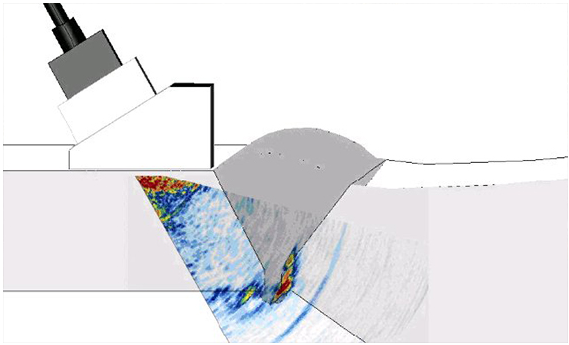Introduction
Due to the current low oil and gas prices, many facilities are tightening up their already stretched budgets. Older, heavily experienced workers are accepting retirement packages and younger, newly appointed unit inspectors are filling their roles. This transition increases the likelihood that today’s slate of inspectors will select the newest, most expensive, high-technology tests available, such as phased array and time of flight diffraction (TOFD), while rejecting older, but potentially more appropriate, technologies.

On the other side of the coin, sometimes facility managers will specifically request a certain type of inspection method. This is often because they expect to find certain types of damage using the same methods employed in the past. However, it is often best to rely on properly trained and experienced inspection service providers to determine the proper method for any inspection project. This is because they typically understand how to best use a wide range of methods based on extensive experience across a large cross-section of facilities. Thus, inspection companies can suggest utilizing the most effective and efficient inspection techniques that will result in the highest probability of detection (POD), while potentially saving the facility operators’ time, effort, and capital.

















Comments and Discussion
There are no comments yet.
Add a Comment
Please log in or register to participate in comments and discussions.